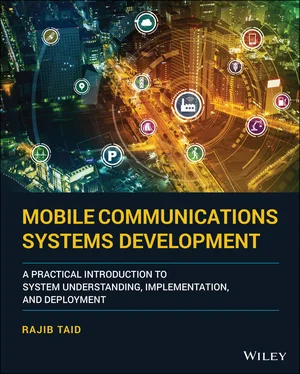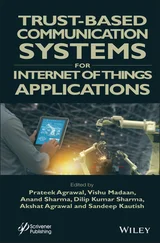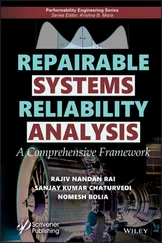Let us consider the radio resource connection establishment procedure initiated by an LTE UE toward its RAN E‐UTRAN. To initiate this procedure, a UE makes the radio resource requests and sends the RRCConnectionRequest message to the E‐UTRAN, shown in Figure 3.11, which is reproduced from TS 36.331 [94]. The RRCConnectionRequest is an AS RRC layer message that terminates at the E‐UTRAN end; refer to TS 36.331 [94]. This figure shows the RRC layer message names without showing the contents of each message.
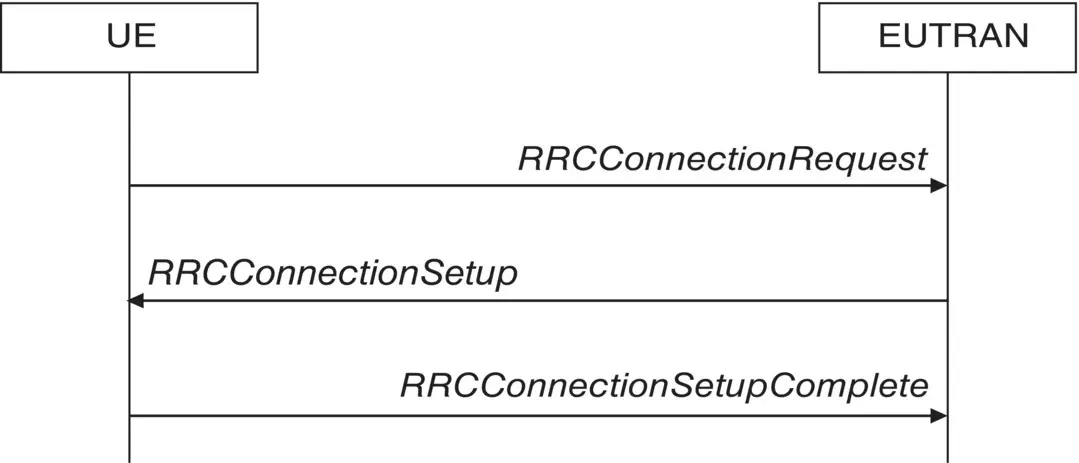
Figure 3.11 LTE access stratum RRC connection establishment procedure.
Source: © 2018. 3GPP ™ TSs and TRs are the property of ARIB, ATIS, CCSA, ETSI, TSDSI, TTA and TTC who jointly own the copyright in them. © 2018, 3GPP.
3.3.2 Non‐Access Stratum: UMTS UE – CN, LTE UE – EPC; 5G UE‐Core
The NAS contains all the mobility, connection, and SM‐related signaling protocols and procedures that terminate at the CN end. Using NAS signaling protocols, a UMTS UE or LTE or 5G UE communicates with the UMTS or LTE or 5G CN. Note that NAS uses the services of the AS protocols. In this case, the UMTS UTRAN or the LTE E‐UTRAN or 5G NG‐RAN simply forwards those transparent NAS ‐related signaling messages to their respective CN.
Figure 3.10in the previous section shows the protocols that are grouped into AS and NAS types in the case of the LTE system only where the NAS layer terminates at the LTE/EPC MME.
NAS signaling protocols are typically used for the following services:
CS CN procedures, such as MM and connection management (CM).
GPRS PS core network procedures, such as mobility, SM bearer management, and security management.
LTE/EPS core network procedures, such as the mobility, connection, and SM, bearer management, security management, EPS ciphering, and integrity protection function.
5G core network procedures, such as the mobility, connection, and PDU SM, security management, ciphering, and integrity protection function.
Table 3.7shows the various NAS protocol messages exchanged between MS/UE and its concerned core network in GSM/GPRS/UMTS and LTE/EPS networks.
Example 3.8below illustrates the typical messages flows associated with a MM layer (NAS) ATTACH procedure in the case of the LTE/EPS network.
Table 3.7 NAS protocol messages from GSM to LTE system.
| System |
Type of Call |
CM Message |
SM Message |
MM Message |
| GSM/ UMTS |
CS |
Call Estb., Call Setup |
– |
Location Area Update |
| GPRS/ UMTS |
PS |
Call Establishments, Call Setup |
Primary and Secondary PDP Context Managements |
Routing Area Update, Network Attach, Detach |
| LTE/EPS |
PS |
[Fall‐back] Call Establishments, Call Setup |
Default and Dedicated Bearer Managements |
Tracking Area Update, Network Attach, Detach |
Example 3.8LTE/EPS NAS Layer: EPS Mobility Management Layer Procedure
Let us consider the LTE UE ATTACH procedure shown in Figure 3.12below, which is found in an LTE/EPS network. The ATTACH procedure and its messages are part of the EMM NAS protocol which is used by a UE to register with the LTE/EPS CN; see TS 24.301 [46]. This figure illustrates a successful ATTACH procedure and shows only the EMM message names without showing the contents of each message.
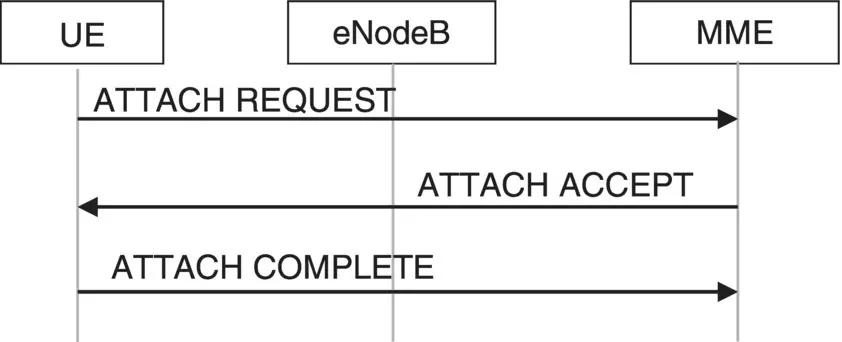
Figure 3.12 Illustration: LTE/EPS ATTACH procedure: NAS protocol messages.
Example 3.95G NAS Layer: 5G Session Management Layer Procedure
Let us consider the establishment of a PDU session, shown in Figure 3.13below, a procedure that is initiated from a UE to the 5G core Session Management Function (SMF) network function. A PDU session is activated and is assigned to a particular network slice of a UE as part of its initial 5G UE registration procedure with a 5G CN. The establishment of a PDU session is part of the 5G Session Management (5GSM) NAS protocol. Figure 3.13shows only the 5GSM message names without showing the contents of each message.

Figure 3.13 Illustration: NAS layer messages for a 5G PDU session establishment procedure.
In GPRS and UMTS networks also, an MS/UE registers with its CN using the ATTACH procedure for PS services. However, as far as the implementations are concerned, there are differences in the GPRS/UMTS and LTE/EPS ATTACH procedure. For example, unlike the GPRS system, an LTE/EPS ATTACH request message also contains a piggybacked session activation request to the CN.
Example 3.9illustrates the typical messages flows associated with an SM layer (NAS) PDU session establishment procedure in the case of the 5G system.
3.4 Initialization of a Logical Interface
In the previous sections, several logical interfaces between the concerned network elements of mobile communications networks were described and illustrated. Different functions and procedures are performed over the respective logical interfaces. Some logical interfaces do not become ready for exchanges of information between the concerned network elements. Also, following the occurrence of an erroneous event, a logical interface may become unusable. In such scenarios, a logical interface between two network elements requires to be initialized and configured or reinitialized/reconfigured, with protocol layer‐specific data, to make it ready for exchanges of information over it. The procedure for initialization and configuration with protocol layer‐specific data differs from one logical interface to another one.
Example 3.10illustrates the typical messages flows for initialization of the S1 logical interface, which is used between the LTE/eNodeB and its MME.
Similarly, the Gb‐interface which is used in the GPRS system is also required to be initialized. The NS protocol layer of the Gb‐interface in the BSC/PCU end initializes and sends the configuration data to the peer layer on the SGSN side of the Gb‐interface.
Example 3.10LTE/EPS S1‐AP (eNodeB‐MME) Logical Interface Initialization
In the LTE/EPS, the S1 interface is used to exchange control or signaling‐related messages, between the eNodeB and the MME, which is also known as the S1‐AP (Application Protocol). To make the S1 interface operational for exchanges of information and other S1‐AP messages, the S1 interface is required to be setup first. For this purpose, the eNodeB sends the S1 Setup Request message, containing the eNodeB identity, Public Land Mobile Network (PLMN) identity, to the MME. The MME sends the S1 Setup Response message to the eNodeB. This is shown in Figure 3.14, which is reproduced from TS 36.413 [97]. Other examples where initialization of a logical interface is required is the 5G NG interface which is used between 5G NG‐RAN and AMF network function.
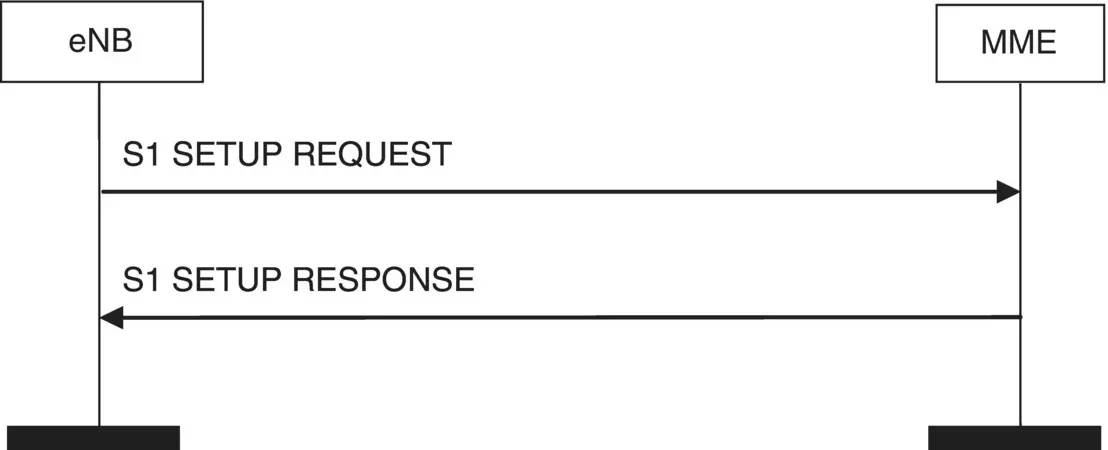
Figure 3.14 Initialization of LTE/EPS S1 interface.
Читать дальше
